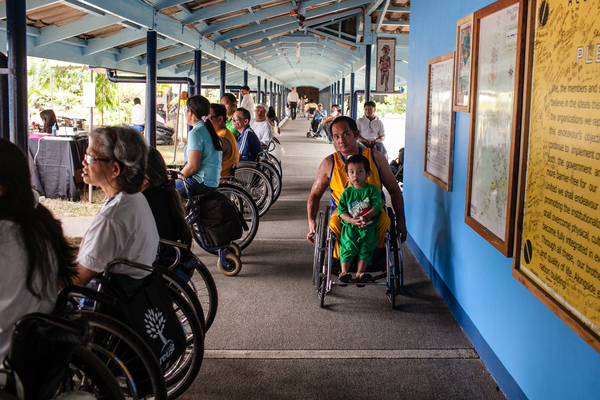
Text and Photos by PATRICIA AURORA M. CRUZ
AT 17 years old, Rocel Sison already has her future planned out. She wants to take up Mass Communication at the Philippine Women’s University or Bulacan State University, and eventually work as a broadcaster in television or radio.
The same goes for 14-year-old Melaniel Vecina whose favorite subject is Math, and wants to become an accountant someday.
But something stands in the way of their dreams.
There are not enough books for students like them, and those that are available do not come cheap.
Sison and Vecina are students of the Philippine National School for the Blind (PNSB), one of the few schools in the country that provide education for the blind, visually impaired and those who have low vision.
PNSB students need specials tools or equipment such as Braille books, writing slates and stylus for writing but their access to these materials is severely limited. The pages of Braille books have dotted alphanumerical characters which are read by touch.


